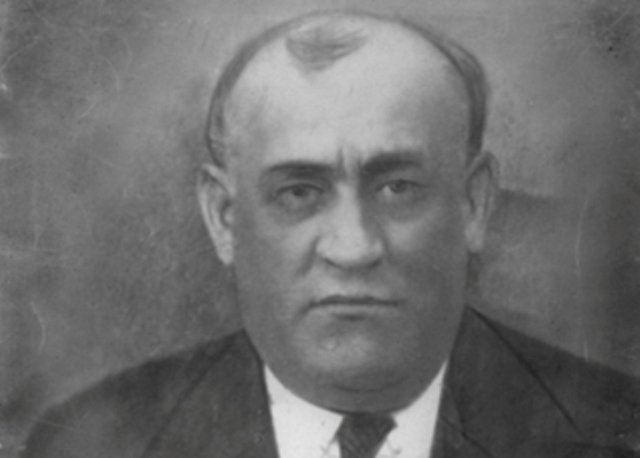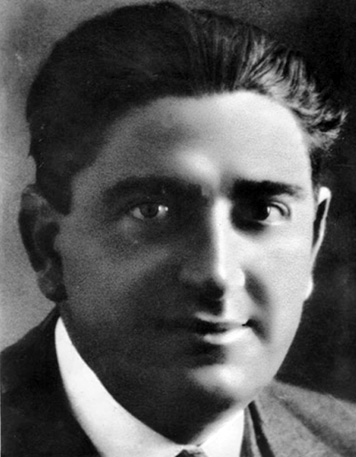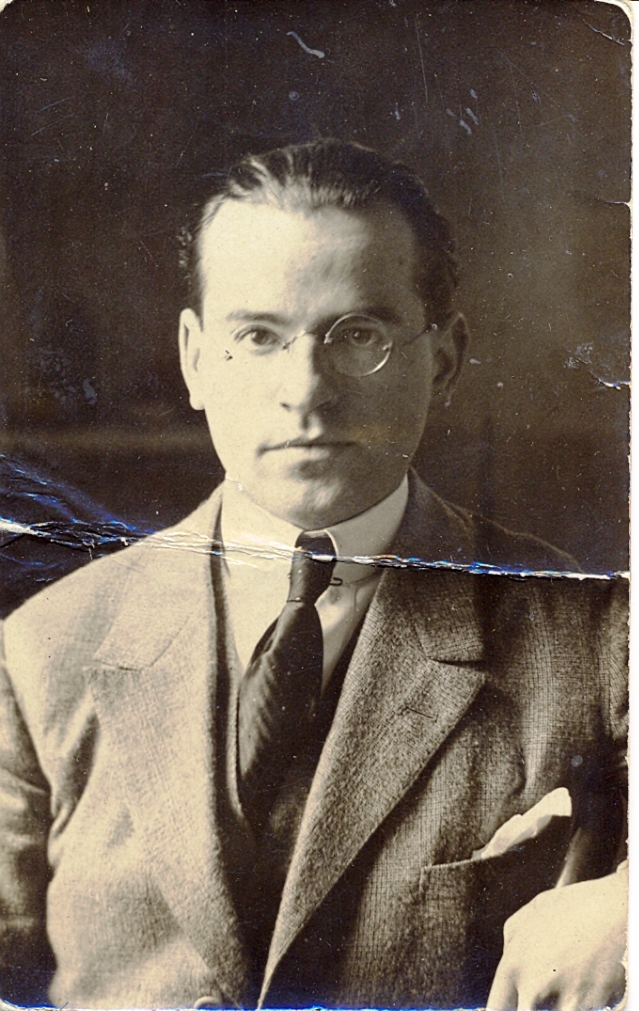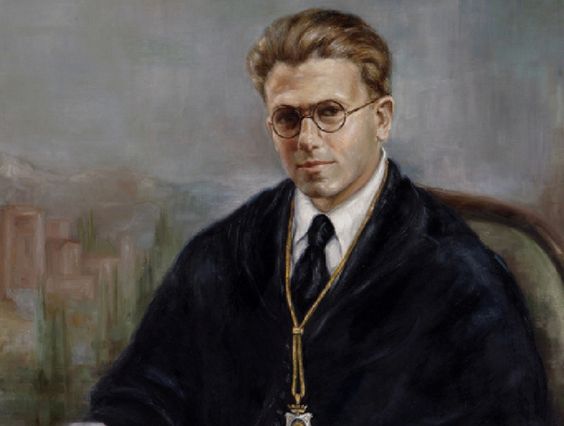Teacher in Pulianas and, previously, in Íllora and Santiponce, shot in August 1936 along with Federico García Lorca and the anarchist banderilleros (bullfighters) Juan Arcollas Cabezas and Francisco Galadí Melgar. The popularity achieved after his death next to the poet, has made him a symbol of the Republican teachers repressed by Franco.
He was a “humanist and supportive teacher” who taught day laborers to write at night. After the military uprising, he was subjected to a purge file for denying the existence of God in his classes.
Teacher of the republican school, he defended the public and secular education all his life. He was born in Ciguñuela, near Valladolid, on December 12, 1877. Son of Clemente and Marcelina, his parents managed to send him to study in Madrid, since he was born into a wealthy family. A tragedy marked him forever. When he got off a streetcar, he suffered an accident that forced him to amputate his leg. The cape he was wearing got caught in the train and his left leg was trapped in the rails and the last carriage ran him over. He had to abandon the career he had started, veterinary medicine, and return to Valladolid where he studied teaching.
As a teacher, Dióscoro had been educated in the ideas of the Institución Libre de Enseñanza (Free Teaching Institution) and worked all his life in Andalusia, first in Seville (in Santiponce) and, from 1934, in Granada (in Íllora and later in Pulianas villages). According to his granddaughter, Nieves Galindo, he was a “humanist and caring teacher” who taught day laborers to write at night. He had three children and rented a house on the outskirts of town because the one assigned by the Pulianas Town Hall was too small to house his family. Because of this he had some clashes with the municipal secretary. On February 16, 1936 he represented the Popular Front at the polling station and watched to ensure that the chieftains did not commit fraud. After the military uprising he was subjected to a purification file for denying the existence of God in his classes.
On July 20, the military uprising took place in Granada. In August, they searched his house without finding anything. Two days later he was taken away at two in the morning before the astonished eyes of his son, threatening that if he followed them they would shoot him. His family never saw him again. The next day the son went to the Military Command looking for a friend. There he was informed that his father had been executed. He was 58 years old.
Days after his assassination came his purification file, drawn up by the National Teachers’ Purge Commission chaired by José María Pemán. They gathered testimonies against him from the priest and, even knowing that he was dead, granted a period of ten days to present allegations. He was suspended from employment and salary. Those who had ended his life days before, formally requested his family in writing to vacate his house and for him to hand over the keys and the inventory of the school. Dióscoro Galindo spent his last hours with Federico García Lorca. As Ian Gibson recounts, he left with him from the Gobierno Civil. He was transferred to La Colonia, a former water mill in Víznar, set up as a summer resort for children from Granada and converted by the rebels into a provisional prison. He was shot on the road from Víznar to Alfacar and buried in that place along with Lorca, the banderilleros Juan Arcollas, Francisco Galadí and, according to Molina Fajardo, two thieves. Their remains have not been found, but their relatives have requested a search to be made for them.



